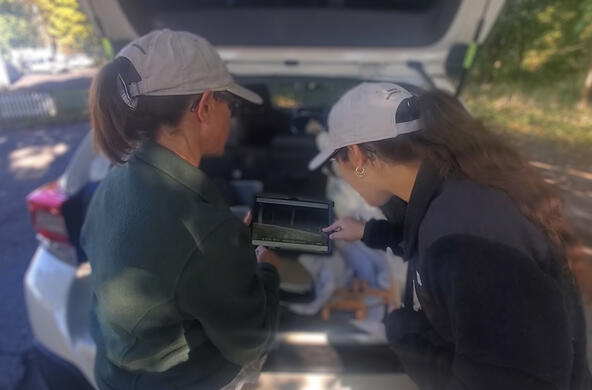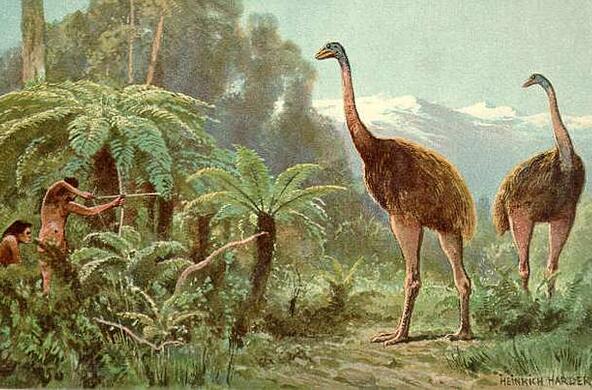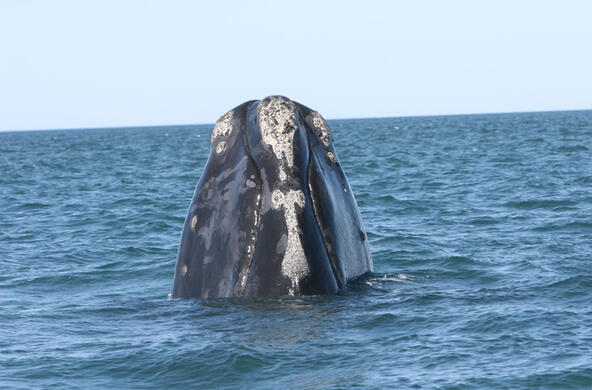One of the first signs of spring in the Northeast is the unmistakable calling of the spring peeper. The peeper is a small frog, weighing only a few grams, but its mating call is louder than many songbirds weighing 10 times as much. Peepers breed in small temporary wetlands that are filled with water in springtime but dry in the summer. These “vernal pools” are crucial breeding sites for many frogs and salamanders.
Peepers overwinter in uplands, tucked among dead leaves and bark. They move to vernal pools in early spring. Once there, males climb up nearby vegetation and call to attract females. With hundreds of frogs “peeping” at the same time, the sound of mating season is almost deafening near breeding pools, but it is the most pleasant din I know.
We are lucky enough to have a peeper-friendly vernal pool in our backyard, and for 16 years we have been recording the date when we first hear the peepers call in the spring. Over this period, the “date of first calling” has varied by almost a month, from March 9 to April 4.
I assumed this year-to-year variation had something to do with the weather. But the scientific literature gave no solid information on what cues peepers to start calling, other than vague and unsupported statements like “after the first warm spring rains.” I decided to try to find out, using my records and the weather data meticulously compiled at the Cary Institute.
Using the temperature and precipitation data, I tried many different weather variables to see which one best explained the year-to-year variation. I used maximum, minimum and average temperatures for various periods of time on and before the date of first calling. I also tried precipitation data for the same periods. But the best weather variable, the one that explained the most variation, was an index called the “thermal sum.”
The thermal sum is measured in degree-days and is calculated by taking the difference between the average temperature for a day and some specified base temperature, and then adding the differences for all the days within a given period of time. In the case of the peepers, I tried several different base temperatures, and 3 degrees C (37 degrees F) worked the best. The analysis showed that when the thermal sum, calculated starting Feb. 1 and using a base of 3 degrees C, reaches about 44 degree-days, the peepers start to call.
There was one exception — in 2002, the winter was warm and dry so there was no water in our pond in early March. Significant rain finally came on March 28 of that year, and by March 30, the peepers were peeping their hearts out. It seems that water acts like a switch — if there is no water in the pond, there is no calling.
I also wondered if climate change had influenced the date of first calling by peepers. In my 16-year data set there is a recent trend toward earlier dates of first calling, but there is so much year-to-year variation that the trend is not statistically valid. Nonetheless, since the thermal sum index is such a good predictor of the date of first calling, I calculated that index for every year in the record of the National Weather Service station in Dutchess, which has been in operation since 1949.
I found that if someone had been recording the date of first peeper calling every year since 1949, they would have found that the date is on average 11 days earlier now than it was back then. This corresponds with other biological changes caused by the warming climate.
The mechanism that peepers use to track the thermal sum is not known. Peepers have evolved a clever antifreeze system to keep themselves from turning into little blocks of ice, so perhaps the mechanism has something to do with the gradual decline of the antifreeze in their bodies. Whatever the mechanism, the peepers are out in the woods right now, counting the degree-days. Listen for that first call in March or early April, and you will know that spring has arrived.







